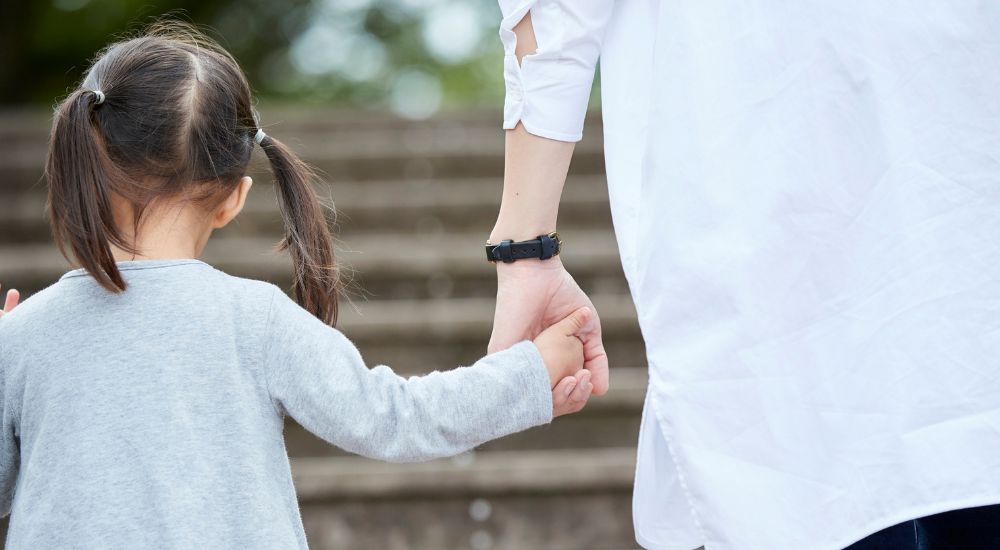Empowering Kids: Anti-Abduction Training from CFMAF
With each school year, the safety of our children is paramount. At CFMAF in Colorado Springs, we are dedicated to equipping children, parents, and adults with the essential skills to prevent abductions in a way that is both effective and empowering, not frightening. We'll be hosting Anti-Abduction seminars throughout the year, and anti-abduction training is always part of our training curriculum.

Beyond "Stranger Danger": A Comprehensive Approach
Many child safety programs rely on the familiar phrase "Stranger Danger" primarily because it rhymes. However, law enforcement statistics reveal that the majority of child abductions are carried out by individuals the child already knows or is familiar with. Our program goes beyond this common misconception, addressing prevention strategies for abductions attempted by both familiar individuals and strangers.
In today's digital age, we also address the unique challenges presented by online social interactions and the lures that can originate there. It's also important to note that while closely related, child abduction and human trafficking are not always the same—a topic we delve into more deeply within our comprehensive training.
Our approach moves away from catchy but often misleading catchphrases. Instead, we focus on effective, reality-based training specifically designed to teach a serious topic in a manner that prepares your child without causing undue fear.
Not All Strangers Are Dangerous
As parents, we instinctively teach our children about strangers. While well-intentioned, it's crucial to understand that not all strangers pose a threat. A helpful exercise you can do with your child is to go online and look at various pictures, asking, "Is this a stranger?" This helps them grasp the concept. When you're out, point out people of all ages, sizes, and genders, asking, "Is that person a stranger?" Make this a positive and interactive drill, praising them for correct answers. It's okay for them to understand that most people are good and mean them no harm.
You can also point out trusted community helpers like firefighters, police officers, doctors, nurses, and teachers. While these individuals are generally safe to approach in an emergency, remember they are also "people" and can be flawed. The goal is to help your child understand that most people are good, but some are not. Therefore, they should seek help from people they know and feel comfortable with whenever possible.
It's also important to convey that unlike what they might see in cartoons, "bad people" don't always look menacing or fit a stereotype. Teach your children to seek help in public places where there is more than one person present. Show them what to do and who to talk to if they ever get separated from you in a grocery store. Don't worry if you're unsure how to teach these concepts; we are here to help you.
Not All Who Are Friendly Are Friends
The unsettling truth is that most abductions in the United States are committed by individuals known to the child, or even by family members. Our innovative drills teach children about various "lures" beyond the common "do you want candy?" We encourage creativity in teaching these concepts, using scenarios involving a puppy, a stuffed animal, or even faking an injury to ask for help. Your imagination is the only limit here.
We also advocate for creating secret family passwords that only you and your children know. They should never go with anyone who doesn't know this specific password.
A vital drill we've developed is called "Our Little Secret, Is NO SECRET." In this exercise, we role-play scenarios where someone tells the child, "This is our secret," or "Keep this between us." The child learns that any such statement means they must tell Mom and Dad. Again, this drill is conducted in a manner that prepares your child, without scaring them.

Did You Notice That? Developing Intuition
We all possess intuition, but for a child, recognizing what it feels like and means can be challenging. As you help them develop this crucial skill, teach them to recognize potential "red flags":
- Is someone asking them about their home life, trying to build a rapport?
- Is someone telling them to keep a secret just between them?
- Is someone telling them it's okay to not listen to Mommy and Daddy?
- Is someone telling them it's okay "just this one time"?
- Is someone telling them they don't really need Mom and Dad's permission?
- Is someone making them feel uncomfortable, even if it's a relative?
Remember, not all abductions are violent snatches, though those certainly occur. Prepare your child by reviewing common lures and teaching them what to do if someone tries to physically abduct them. Rather than trying to create a program yourself, seek professional help. Programs like ours have been assisting families for decades.
Why Choose CFMAF?
For decades, CFMAF has been teaching Kids Safety throughout the world. While the internet has led to many attempting to copy our methods, they lack the special ingredient of how we do it. Partner with us to provide your children with our invaluable "Kids Safety" training that equips them without scaring them. Our training incorporates "Verbal Judo" skills to draw attention to the situation, what to do before an attempted abduction, and crucial steps if a physical attempted abduction occurs.
Kids Safety is not just an occasional seminar at CFMAF; it has been a regular and integral part of our training for decades. As specialists in the field, with thousands of children and adults trained, we possess the experience to help you protect your most valuable asset: your child.
Contact us now to see firsthand what we do and how our unique approach can benefit your family.
